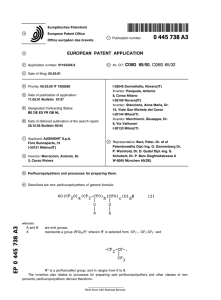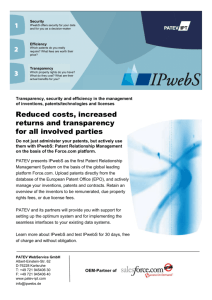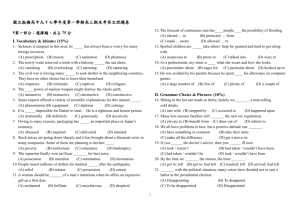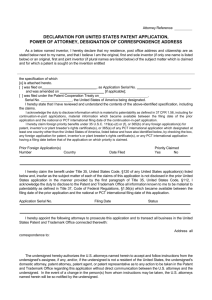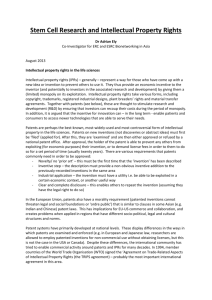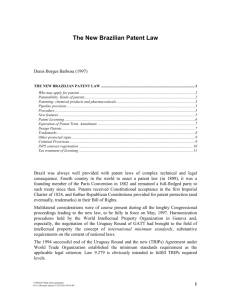Patent Law`s Functionality Malfunction and Its Implications for the
advertisement
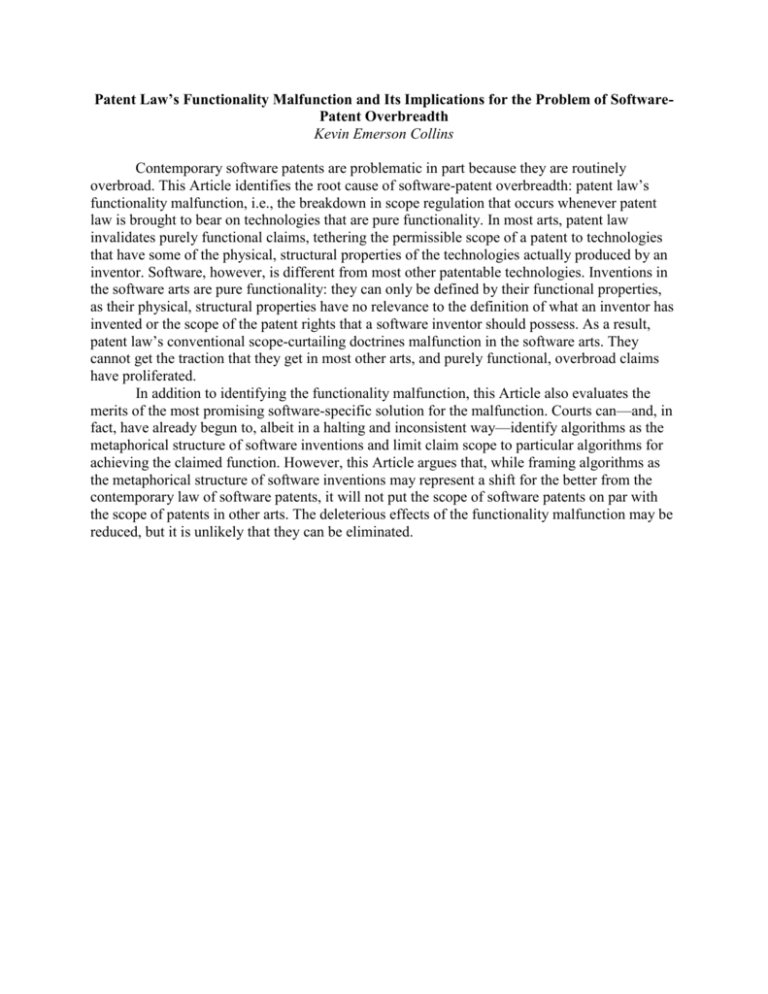
Patent Law’s Functionality Malfunction and Its Implications for the Problem of SoftwarePatent Overbreadth Kevin Emerson Collins Contemporary software patents are problematic in part because they are routinely overbroad. This Article identifies the root cause of software-patent overbreadth: patent law’s functionality malfunction, i.e., the breakdown in scope regulation that occurs whenever patent law is brought to bear on technologies that are pure functionality. In most arts, patent law invalidates purely functional claims, tethering the permissible scope of a patent to technologies that have some of the physical, structural properties of the technologies actually produced by an inventor. Software, however, is different from most other patentable technologies. Inventions in the software arts are pure functionality: they can only be defined by their functional properties, as their physical, structural properties have no relevance to the definition of what an inventor has invented or the scope of the patent rights that a software inventor should possess. As a result, patent law’s conventional scope-curtailing doctrines malfunction in the software arts. They cannot get the traction that they get in most other arts, and purely functional, overbroad claims have proliferated. In addition to identifying the functionality malfunction, this Article also evaluates the merits of the most promising software-specific solution for the malfunction. Courts can—and, in fact, have already begun to, albeit in a halting and inconsistent way—identify algorithms as the metaphorical structure of software inventions and limit claim scope to particular algorithms for achieving the claimed function. However, this Article argues that, while framing algorithms as the metaphorical structure of software inventions may represent a shift for the better from the contemporary law of software patents, it will not put the scope of software patents on par with the scope of patents in other arts. The deleterious effects of the functionality malfunction may be reduced, but it is unlikely that they can be eliminated.

